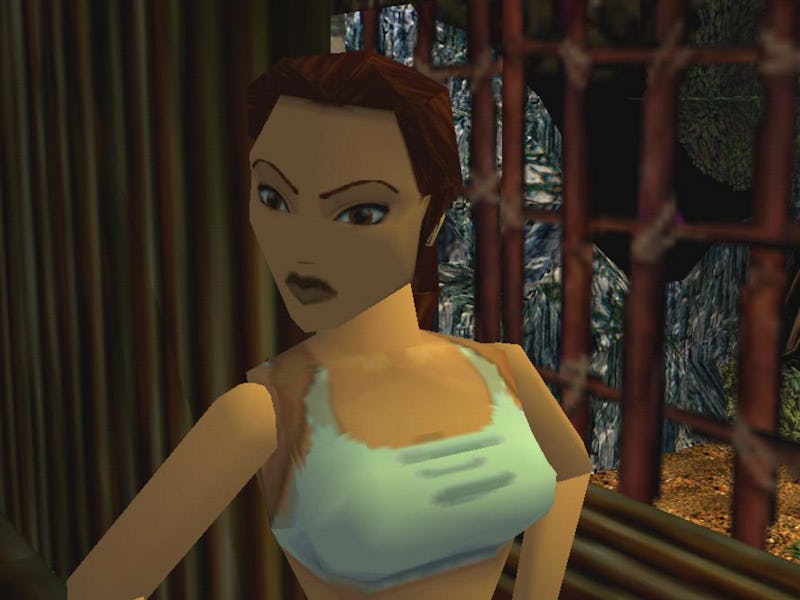As Lara Croft Went, So Did Female Video Game Characters
Video game developers have turned caricatures into people over the years.

In 1996, the Tomb Raider franchise launched, starring Lara Croft and her prodigious tits. The tits themselves were the result of a happy lab accident, just like how we got penicillin, but they lived on and helped establish Croft as the paradigm of the sort of hyper-sexualized lady characters iconic to the 1990s.
Twenty years later, researchers at Indiana University have identified a new and infinitely more rad trend — that the sexualization of female video game characters is actually in decline.
The research team identified 571 games with playable female characters from 1983 to 2014. They then proceeded to essentially rank those characters’ sexiness quotient on a numeric scale, which is a bit meta, and found that the sexualization has dropped off demonstrably in recent years. After reaching a nadir in the ‘90s, we’re still experiencing the decrease that began around 2007.
The data also showed that the availability of playable female characters peaked in the ‘80s (1983-1990) and dropped off in the ‘90s (1991-1998), making the latter decade just kind of a bummer for lady representation all around.
Pictured: social progress.
As with the film industry, a lack of substantial female characters can be traced back to a lack of female writers — just 22 percent of gaming industry employees in 2014 were women, according to the paper. The research showed that games continue to depict women in disproportionately supporting roles, just as the industry continues to be disproportionately male-dominated.
This is the first study to focus on different elements of sexualization from actual playable characters, not just static ads or promotional images. It was nuanced enough to distinguish between characters who were physically over-sexualized — impossible proportions, tiny clothes — and those who were subservient or secondary to their male counterparts; after all, it’s possible for a scantily clad pin-up to still be strong. Croft is the obvious example (those who study this field even refer to this as the “Lara Phenomenon”), which led the researchers to ask whether the sexualization of female characters was related to their capability.
Tomb Raider, 2010
Basically, the answer is yes — there’s a positive correlation. As sexualization increases with most characters, so does capability. This doesn’t really seem surprising; any female character the designers invest enough effort into is also going to be inevitably made sexy. But the new generation of playable female characters is bringing more substance — they stand on their own as characters, not just as love interests for male characters or objects of the players’ presumably male gaze — and less obvious physical sexuality.
Lightning represents a new generation of female video game characters, whether or not this much leg here was necessary.
Halo 5 allows players to choose from four female soldiers, including much-needed women of color. Ashley Williams from Mass Effect, Lightning (Final Fantasy XIII), and Tracer (Overwatch) are fully realized protagonists in their own right, though a colleague of mine was quick to point out that the latter two were both sexualized to various degrees in the promotional art for pretty much no good reason.
Lara Croft before her designers' feminist awakenings.
The new and infinitely improved Lara Croft in 2013’s Tomb Raider and 2015’s Rise of Tomb Raider is no longer simply a male power fantasy, but an academic. Her tits, while still somewhat true to the originals, have been relegated to supporting characters.